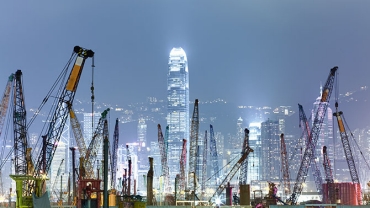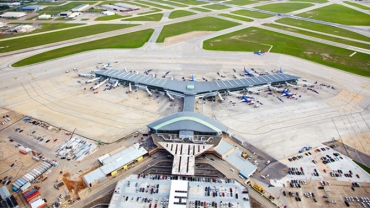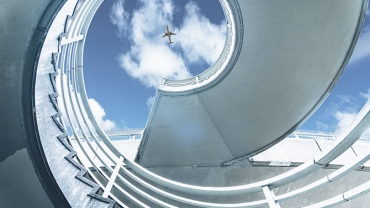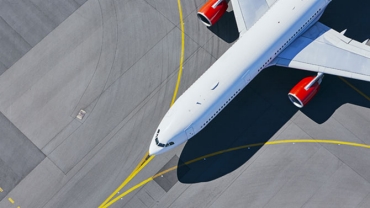
The urban transport landscape is undergoing considerable disruption, as the COVID-19 lockdown and curfew policies dramatically restrict mobility in GCC cities. For transportation decision makers, the crisis poses a difficult challenge, yet it also offers an opportunity to learn from developments, contribute to countering multiple waves of the pandemic, and prepare for a post-COVID-19 world.
The financial impact of the crisis will be sizable. The sharp decline in passenger volume on public transit has reduced revenue for some operators by up to 90%, even as transit systems face higher operating expenses to sanitize assets, manage crowds, and adjust capacity. Residents are driving far less than before the crisis, which results in lower revenues from fines, parking, or tolls. In Saudi Arabia, for example, we estimate that an extended lockdown can lead to a decline in revenue of $1.7 billion in 2020 from traffic enforcement alone.
The COVID-19 pandemic has accelerated trends that will have a lasting impact on urban transportation even after the pandemic is over. Such trends include remote work, distance learning, e-commerce, and the home delivery of food and groceries. Residents are expected to rely more on private vehicles than public transit. For government authorities, the challenge is to learn from these shifts in behavior. The right steps now can ensure that public transit, shared mobility, and other options all remain relevant once the crisis is over. More broadly, governments will be able to meet the changing transportation needs of urban residents.
To navigate the crisis and emerge stronger, GCC transportation decision makers should act on six fronts.
- 1. Become an active partner in overcoming COVID-19
- 2. Adapt operations to make public transit more attractive
- 3. Capture lessons and update business plans
- 4. Accelerate work on major projects during the slowdown
- 5. Adopt technologies that can complement traditional solutions
- 6. Upgrade internal policies and make the organization more resilient
1. Become an active partner in overcoming COVID-19
Many government authorities are already helping counter the pandemic, but subsequent outbreaks are likely. Transportation authorities can partner with health, emergency, and essential services providers to transport frontline workers, tests, and medical supplies safely and efficiently using repurposed public vehicles. From a facilities perspective, parking lots and other large city-owned facilities can be converted to safe testing areas or for the construction of field hospitals. Given budget constraints, transport authorities can access emergency budgets and stimulus packages.
The current urban transport environment is very challenging. It also presents transportation authorities with an opportunity to improve, thereby better serving their constituents during and after the COVID-19 crisis.
This article originally appeared in April 2020 on Logistics ME.
About the authors
Mark Haddad is a principal, and Gustave Cordahi is a senior associate, with Strategy& Middle East, part of the PwC network.
Contact us






















Menu